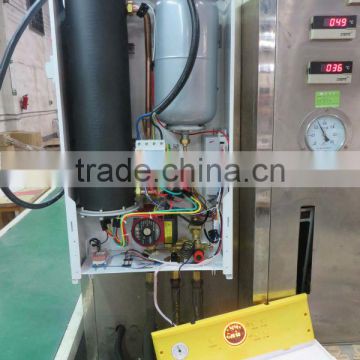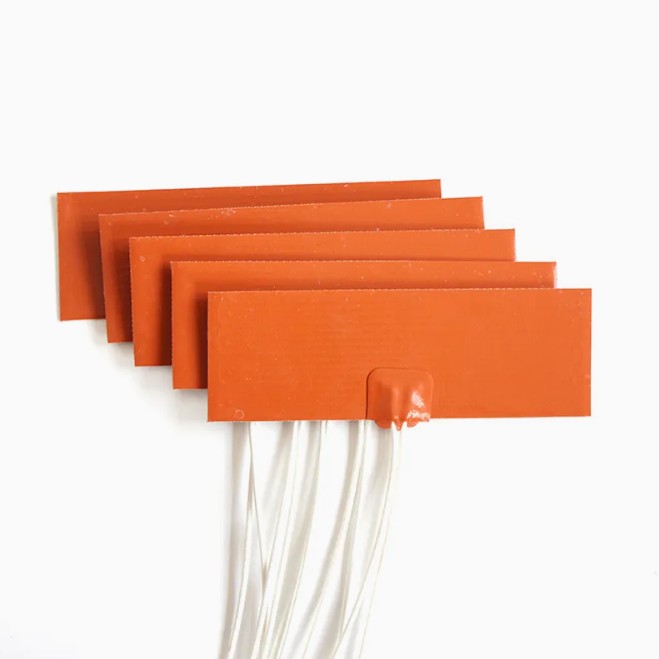Welcome!
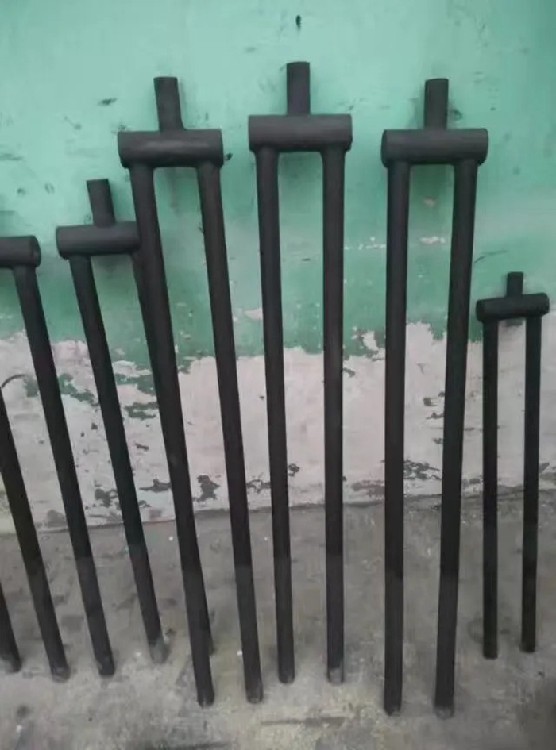

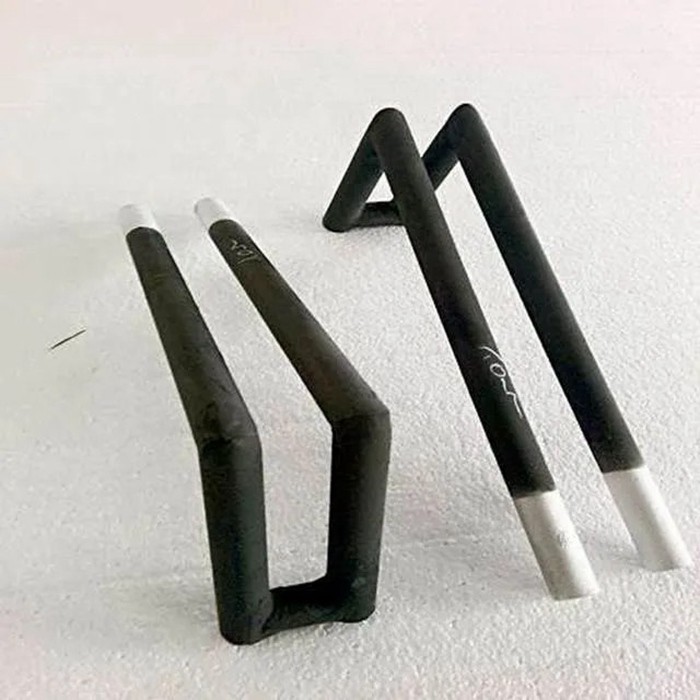
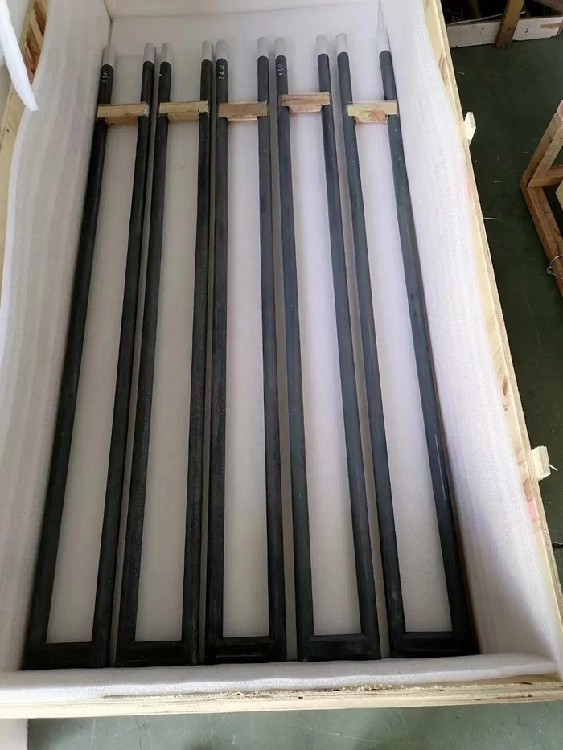
Introduce The Efficiency, Durability And Safety of Ceramic Heating Rods
Basic Info
| HS Code | 69039000 | Life | Long | Maintain | Easy |
|---|---|---|---|---|---|
| Origin | China | Oxidizability | Antioxidant | Production Capacity | 5000000 |
| Shape | Tube | Specification | 8~60 | Transport Package | Polywood Case |
Product Description
In the world of heating technology, few components are as fundamental and widely relied upon as the ceramic heating rod. This robust and efficient solution has become a cornerstone across countless residential, commercial, and industrial applications. But what exactly makes this heating element so effective and preferred by engineers and homeowners alike? This comprehensive guide delves into the inner workings, significant benefits, and diverse uses of ceramic heating rods, providing you with all the information needed to understand their critical role in modern heating.

Understanding the Core Technology
At its heart, a ceramic heating rod is an electrical device designed to convert electricity into heat through a process called resistive heating. The core component is a resistive wire, typically made from a high-resistance alloy like nickel-chromium, which is embedded within a densely packed, high-purity ceramic material. This ceramic body is not just a container; it is an active and crucial part of the heating system. When an electric current passes through the internal wire, it encounters resistance, causing the wire to heat up. This heat is then absorbed and uniformly distributed by the surrounding ceramic mass. Finally, the ceramic radiates the thermal energy outward in the form of infrared heat. This method of heat transfer is remarkably efficient and consistent, allowing for rapid warm-up times and stable temperature control.
Key Characteristics and Design Features
Several intrinsic features contribute to the superior performance of ceramic heating rods. First and foremost is their exceptional thermal conductivity. The specialized ceramic material is engineered to absorb and transfer heat quickly and evenly across its entire surface area. This eliminates hot spots that are common in other types of heating elements, leading to a more uniform and reliable heat output. Furthermore, these rods are renowned for their impressive mechanical strength and longevity. The sintered ceramic casing is highly resistant to physical impacts, corrosion, and thermal shock, meaning it can withstand rapid cycles of heating and cooling without cracking or degrading.
Another critical feature is their operational stability. Ceramic heating rods can achieve and maintain very high temperatures, often exceeding 750°C (1382°F), without compromising their structural integrity. They are also designed with various standard thread types and mounting configurations, such as M6, M8, or ¼ inch NPT, making them incredibly versatile and easy to integrate into existing systems. The combination of these traits makes them a remarkably dependable and low-maintenance heating solution.
Significant Advantages Over Alternative Heaters
Choosing a ceramic heating rod comes with a host of compelling benefits that directly impact performance and cost-efficiency. One of the most prominent advantages is energy efficiency. By radiating infrared heat directly to objects and air, rather than simply heating the element itself, they minimize energy waste. This targeted heating approach often results in lower electricity consumption for the same amount of thermal comfort compared to conventional metal sheath elements.
Durability is another standout advantage. Their resistance to oxidation and corrosion makes them ideal for use in demanding environments, including those with high humidity or exposure to certain chemicals. This translates to a significantly longer service life and reduced frequency of replacement, offering excellent long-term value. From a safety perspective, the surface temperature of the ceramic remains high but stable, and the robust construction significantly reduces risks associated with element failure. Additionally, their fast thermal response allows for more precise temperature management, which is crucial in applications requiring accurate thermal profiles.
Diverse Applications and Use Cases
The utility of ceramic heating rods spans a wide array of industries and products. In the home, they are the driving force behind many common appliances, providing efficient warmth in space heaters, facilitating rapid drying in hair dryers, and ensuring consistent cooking temperatures in advanced countertop ovens and food warmers.
In the industrial sector, their reliability is indispensable. They are integrated into plastic processing machinery for nozzle and barrel heating, used in commercial packaging equipment for sealing polymers, and employed in industrial ovens and drying systems for materials like wood, textiles, and coatings. The agricultural and scientific fields also benefit greatly from this technology. Ceramic heat emitters are the preferred choice for creating basking areas in reptile terrariums and vivariums, as they produce no light and emit a natural form of infrared heat. Similarly, they provide stable and controllable heat sources in laboratory equipment, medical devices, and various diagnostic instruments.
Frequently Asked Questions (Q&A)
1.How does a ceramic heating rod actually work?It operates on the principle of resistive heating. An electrical current passes through a metal wire coil encased within a solid ceramic body. The resistance in the wire generates heat, which is then absorbed by the ceramic. The ceramic, known for its excellent thermal properties, radiates this heat outward as safe and efficient infrared energy.
2.Are ceramic heating rods safe to use?Yes, when used according to manufacturer guidelines and with appropriate safety controls like thermostats, they are very safe. Their robust construction resists breakage and burnout. However, as with any high-temperature component, they should be installed in a way that prevents direct contact with flammable materials and should always be paired with a regulating thermostat to prevent overheating.
3.What makes them more energy-efficient than other options?Their efficiency stems from the ceramic's ability to heat up rapidly and radiate infrared energy directly. This direct transfer of heat to objects and air reduces the amount of energy lost to heating the surrounding air convectively, leading to faster warmth and less wasted electricity.
4.Can I use a ceramic heating rod in a high-moisture environment?While the ceramic material itself is highly resistant to moisture and corrosion, the electrical connections and the overall assembly must be properly rated for such conditions. For use in damp or wet environments, it is essential to select a rod that is specifically designed and sealed for that purpose to ensure electrical safety.
5.What is the typical lifespan of a ceramic heating rod, and how can I extend it?These rods are known for their long operational life, often lasting for thousands of hours. The primary factor that shortens their lifespan is continuous cycling between extreme temperature differences (thermal shock). To maximize longevity, allow the rod to cool down gradually when possible and ensure it is used with a compatible temperature controller to avoid excessive overheating.
In conclusion, the ceramic heating rod stands as a testament to elegant and effective engineering. Its unique blend of rapid heating, robust durability, operational safety, and broad application versatility makes it an indispensable component in a multitude of devices and systems. Whether you are designing industrial machinery or simply seeking an efficient way to stay warm, understanding the capabilities of this technology ensures you can make an informed and optimal choice for your heating needs.
Recommended Products
Recently Viewed
 The Warm Embrace of Electric Heaters: Comfort at Your Fingertips
The Warm Embrace of Electric Heaters: Comfort at Your Fingertips Stay Warm: Unlocking the Versatile World of Electric Heaters
Stay Warm: Unlocking the Versatile World of Electric Heaters Introduce The Efficiency, Durability And Safety of Ceramic Heating Rods
Introduce The Efficiency, Durability And Safety of Ceramic Heating Rods Detailed Introduction of Alumina Ceramic Heating Rods
Detailed Introduction of Alumina Ceramic Heating Rods A Comprehensive Guide to Electric Heaters: Efficient, Versatile, and Convenient Heating Solutions
A Comprehensive Guide to Electric Heaters: Efficient, Versatile, and Convenient Heating Solutions
Contact Us
JiangYin Hengyan Electric Appliance Co., Ltd.


